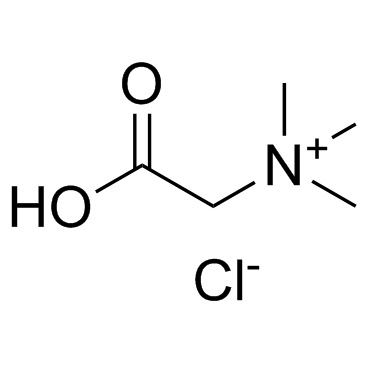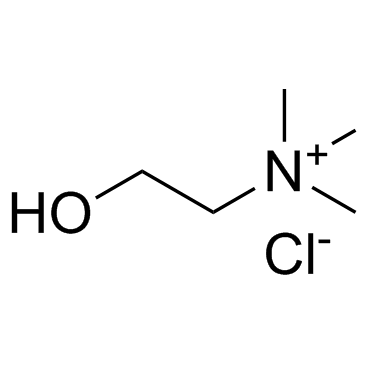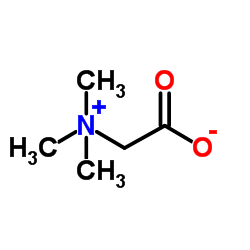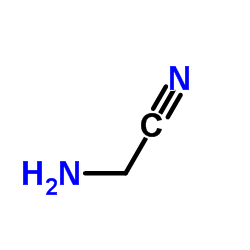| Structure | Name/CAS No. | Articles |
|---|---|---|
 |
Formaldehyde
CAS:50-00-0 |
|
 |
Betaine Hydrochloride
CAS:590-46-5 |
|
 |
Choline chloride
CAS:67-48-1 |
|
 |
Betaine
CAS:107-43-7 |
|
 |
Aminoacetonitrile
CAS:540-61-4 |